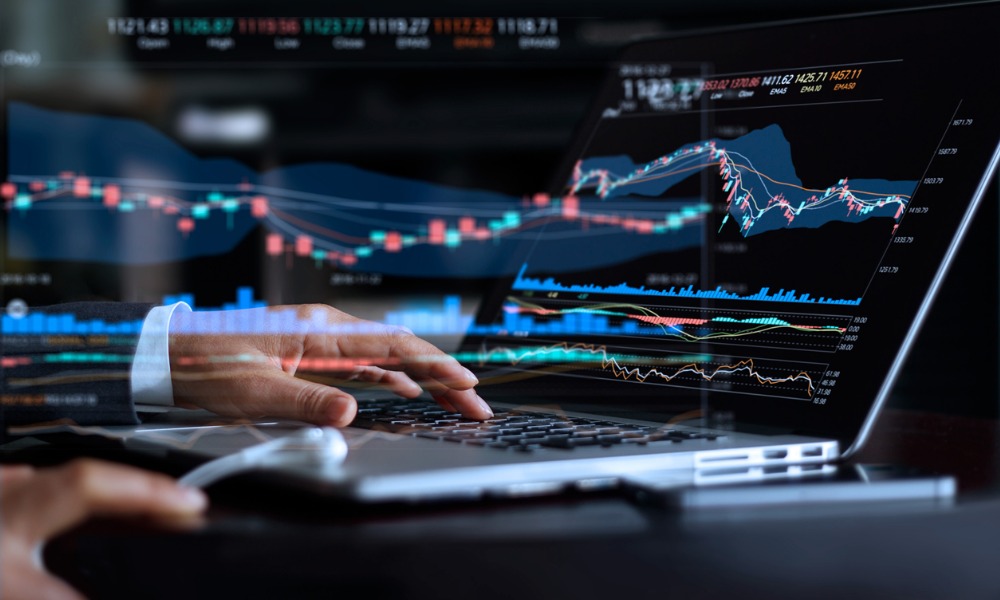
Registered market makers typically offer transparent two-sided markets whenever a market is open. However, this varies by market and asset class. This necessitates that, during the trading day, the market maker announces the price and quantity they are willing to purchase or sell.
While many players may contribute to a market’s overall liquidity consistently, only registered market makers in the U.S. cash equities market must display liquidity on both sides of registered exchanges. It’s not always a huge hassle to provide liquidity on both sides of a transaction.
Market makers must be ready to purchase or sell one round lot within a regulatory range of 8% to 30% of the national best bid or offer at all times. Re-entry after an execution, trading in low-priced equities, and trading close to the open and close all have unique quirks.
Traders on Wall Street are expected to have the “traditional must-haves” of quick mental arithmetic, strong communication skills, and an interest in finance.
And then there was the technological revolution. While making quick decisions under duress remains crucial, trading firms increasingly seek candidates with strong quantitative skills. Graduates with strong analytical and problem-solving skills in engineering, mathematics, or computer science might find many opportunities in today’s fast-paced and competitive financial markets.
Proprietary traders frequently employ market makers. Imagine you were exchanging EUR 100 from your bank account into USD 100 at the airport currency exchange counter before a weekend vacation to New York. The cashier may provide a pricing quote of USD 110. But when you return after the weekend, even if you didn’t spend anything and the exchange rate didn’t change, the counter probably only gave you EUR 97. The trading desk acted as a market maker and made EUR 3 in profit.
This may seem simple to make a little extra buck on the weekend, but the market maker is taking a chance that the rate won’t go in your favor while you’re away having fun — the counter stocks Euros, which could lose value overnight.
The person who buys and sells shares to create liquidity is called a “market maker.” They are the ones who buy and sell at the prices that are listed in public. The theory says this. In reality, they do the same thing by going to the market and buying or selling shares based on how the market is doing. On a trading day, a market maker must offer both the buy and sell rates. Their job is to keep the market going forward. Any SEBI member is in good standing, usually a big bank, institution, or brokerage house.
If you want to sell 1,000 shares of Company A, they will buy them at the price listed and sell them to the next market maker or any end customer. What they make is the price difference.
To take part in the actions of the market, market makers must constantly disclose the prices and quantities they are willing to purchase and sell. Multiple market makers may be able to fill orders for more than 100 shares. This method facilitates continued conformity with market conditions.
The market maker is expected to partially cover itself by making a corresponding hedging trade in the opposite direction. This is typically not the case. The lack of longevity is a significant issue with that. If we take into consideration how big the Forex market is, that’s not a particularly effective strategy for making a profit. In a market where $4 trillion is traded daily, what difference does one trader make? There isn’t much to say.
Hedging a trader’s orders by other traders is excellent for the market maker and the participants’ bottom lines through that entity. When Trader 1 establishes a long position, Traders 2 and 3 might counter it by opening short positions. This eliminates the need for risky client trading or a large capital outlay.
Not all market makers act in this manner, though. Some have been known to trade against their dealers in the past. It’s impossible to profit from this method in the long run. Brokers and market makers that do not partake in this technique generally make this knowledge known. It’s typically included in a User Agreement or Terms of Service, and it’s often marketed on the homepage or in a “Join Us” section.
There are several reputable review sites available to help you find a trustworthy market maker or broker to work with. To make an informed decision, you should read a representative cross-section of both expert and consumer reviews.
In a world where cyber threats are evolving at breakneck speed, the need for robust…
It was a dreary Saturday afternoon. Rain drummed against the window, a steady, monotonous rhythm…
The best live casinos are a really fun place to be. You can watch streams…
Tips for recording Amazon Prime Video shows Recording your favorite Amazon Prime Video shows can…
In this article, we further explore the legal issues associated with kratom – an herbal…
The safety of financial transactions is essential in the current digital era. Financial organizations must…